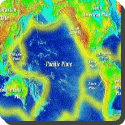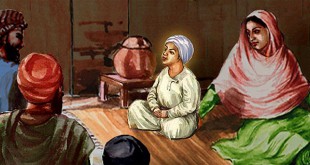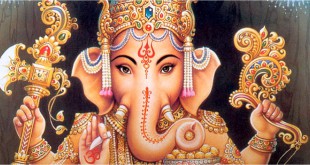 We expect you know there are some active volcanoes either today or in the very recent past, because when one erupts it always makes the headlines in the newspapers for example, we have already mentioned the eruption of Mount St Helens, and, of course, Mount Etna in Sicily is still active as are some of the volcanoes on the Hawaiian islands. Perhaps the most spectacular of the recent eruptions took place off the coast of Iceland when suddenly a new island, Surtsey, was born of the eruption. In fact, there are almost 800 volcanoes which are either active today or have been noted as having erupted during recorded history. Are all these volcanoes dotted the surface of the Earth at random or can we see any sort of pattern in their distribution? And it there is a pattern. is it significant?
We expect you know there are some active volcanoes either today or in the very recent past, because when one erupts it always makes the headlines in the newspapers for example, we have already mentioned the eruption of Mount St Helens, and, of course, Mount Etna in Sicily is still active as are some of the volcanoes on the Hawaiian islands. Perhaps the most spectacular of the recent eruptions took place off the coast of Iceland when suddenly a new island, Surtsey, was born of the eruption. In fact, there are almost 800 volcanoes which are either active today or have been noted as having erupted during recorded history. Are all these volcanoes dotted the surface of the Earth at random or can we see any sort of pattern in their distribution? And it there is a pattern. is it significant?
The answer to both of these questions seems to be yes. If we look at a map of the world which shows all the active volcanoes, we would see that about two third of them are situated around the edges of the Pacific Ocean including many on the groups of islands. This grouping of the volcanoes is often referred to as the ‘Pacific ring of fire’. Of the remaining volcanoes, a number can be seen ranging along the center of the Atlantic ocean. it has been shown that this line of active volcanoes follows what is known as the mid Atlantic ridge. This ridge is extremely important as a line of volcanic activity. There are two other areas where there are concentrations of volcanoes. In and around the Mediterranean area includes Etna and Vesuvius. The other area is east Africa where Mount Kilimanjaro is a good example.
It is also very important to note that although there may be slight variations from volcano to volcano in any one of these groups each groups tends to erupt similar products with similar compositions. For example, the mid oceanic ridge volcanoes erupt basalt lavas while volcanoes in the ‘ring of fire’ often erupt lavas of andesite which contains more silica. The significance of these patterns of volcanies is concerned with the drifting of the continents. Suffice to say that the Earth’s crust is made up of a number of rigid plates ‘floating’ on the mantle below. Concentrations of volcanoes are usually associated with the margins of these plates.
 Kids Portal For Parents India Kids Network
Kids Portal For Parents India Kids Network






